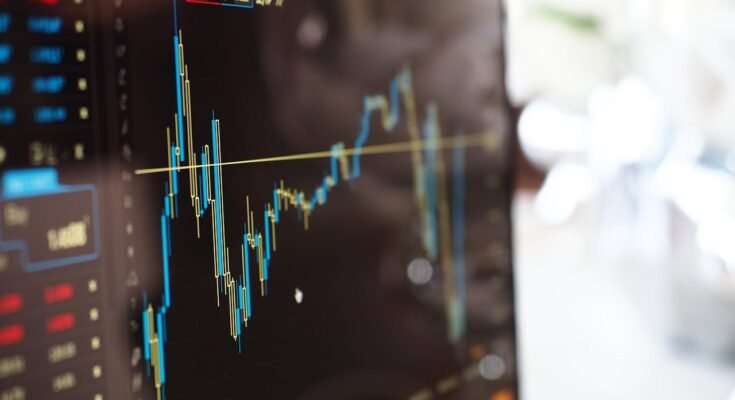The Forex, that is, foreign exchange market, is the largest and the most liquid market in the world, with a daily volume exceeding $6 trillion. Forex trading involves the exchange of one currency for another and takes place practically anywhere around the globe through a web of financial institutions, corporations, and individual traders. The Forex market is different from other stock markets, as it remains open for 24 hours every day from Monday to Friday, making it very convenient for traders spread throughout various countries of the world.
What is Forex Trading?
The trader buys and sells currencies in pairs, an example of which is the most traded currency pair in the world-the Euro (EUR) against the US Dollar (USD)-shown as EUR/USD. By buying EUR/USD, a trader buys Euro and simultaneously sells US Dollars. Hence, which means that their profit is dependent on the changes in exchange rates of countries. Such exchange rates may rise or fall because of the fluctuations in various factors like economic indicators, interest rates, political events, or market sentiment.
Key Participants Within the Forex Market
- Central Banks: Some of the most powerful players in the Forex market are the central banks, for example, the Federal Reserve (USA), the European Central Bank (ECB), and the Bank of Japan (BoJ). They intervene in foreign exchange by fixing interest rates and by their overall monetary policy.
- Banks and Financial Institutions: Banks and investment firms are usually the main market makers in Forex, providing liquidity and effecting client orders.
- Corporations: Multinational corporations trade in the Forex market for the purpose of hedging their currency risk when making international payments such as import payments or payments received from international customers.
- individual Traders: Due to the introduction of online Forex brokers, individual retail traders can now access the Forex market. They speculate on the currency market to gain from the short price fluctuations during the day or over various periods.
How Does Forex Trading Work?
It takes place in pairs or currency pairs: the base currency is the first currency in the pair; the quote currency is the second in the pair. The exchange rate shows how much of the quote currency is needed to buy one unit of the base currency. For instance, a 1.20 rate in EUR/USD means that one Euro is equivalent to one point two US Dollars.
It takes place in pairs or currency pairs: the base currency is the first currency in the pair; the quote currency is the second in the pair. The exchange rate shows how much of the quote currency is needed to buy one unit of the base currency. For instance, a 1.20 rate in EUR/USD means that one Euro is equivalent to one point two US Dollars.
Factors Affecting Forex Prices
- Source: According to interest rates, these are controlled by central banks, and currencies whose countries enjoy relatively higher interest rates tend to attract investment, and thus, the value of the currency rises.
- Economic Indicators: Things like GDP growth figures, unemployment figures, and inflation can all greatly affect the value of a currency. Economic strength leads to a stronger currency.
- Political Stability: Political uncertainty like elections or geopolitical tensions can create ripples in the currency market, with stable political climates tending to favor stronger currencies.
- Position Trading: Position traders implement long-term strategies and retain positions for weeks, months, or even years. This approach is heavily based on fundamental analysis and macroeconomic theories.
Some risks of Forex Trading include the following:
- Leverage Risk: The leverage will boost potential profits but also may dramatically affect losses when markets move against the position.
- Market Risk: Prices of currencies can react to extreme volatility because of sudden unexpected events like political instability or a natural disaster causing big price swings
- Liquidity Risk: Though the Forex market is overall quite liquid, the liquidity often dries up due to the nature of the currency pair less traded or during off-market hours.
- Interest Rate Risk: Changes in interest rates can affect the relative value of one currency against another. Hence, traders should keep abreast with central bank decisions and monetary policy.
Conclusion
The Forex market offers thrilling opportunities for traders, yet one should enter with sufficient knowledge and caution. The ones who wish to be successful in this domain would know which elements are going to affect the cost of the currency and would build a very sound trading strategy that incorporates various dimensions of risk management into the trading process. Profits may be very much on the upside, but because of the high leverage and volatility, it can be another form of risky business, not fit for every investor. However, with the right approach, Forex trading can be a rewarding avenue in accessing the global financial markets.



